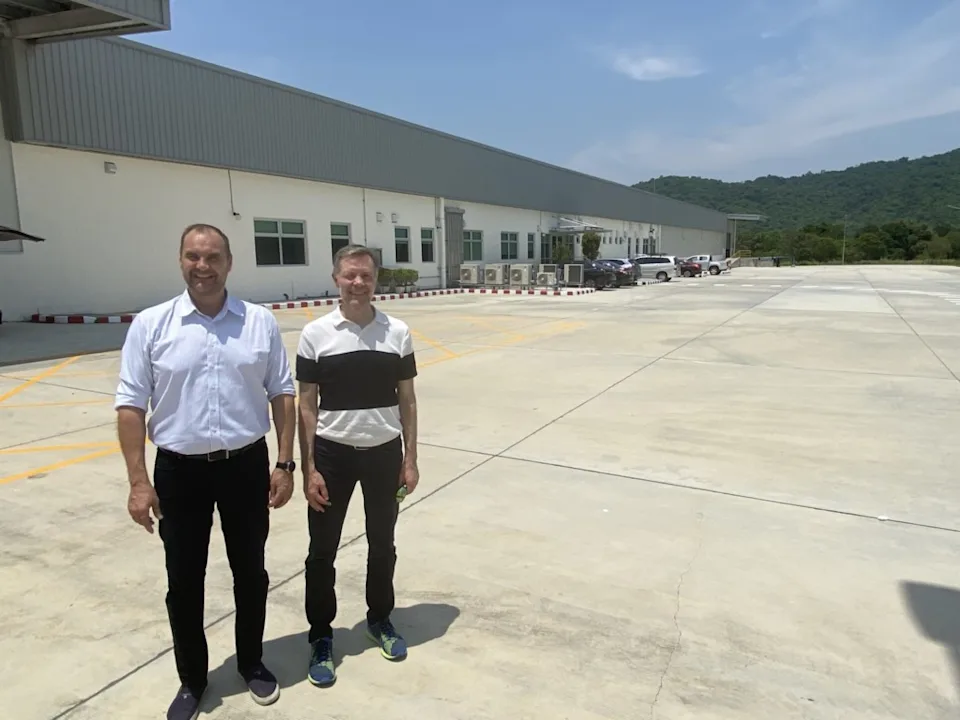Solar panel production with Finnish know-how in Thailand
Solar Finland from Salo in Finland is a pioneer in solar energy. The first solar energy systems supplied by the company were commissioned more than 40 years ago and many of these systems are still operational. These sustainable, high-quality solar panels are now being produced at Salotech Thailand, a joint venture among Solar Finland, Finnfund and PEA Encom of Thailand. “When we decided to start this project together with PEA Encom, the subsidiary of Provincial Electricity Authority, it was important for us as a small Finnish company to get Finnfund’s support” says CEO of Solar Finland, Esa Areva.
The new facility targets Thailand and its neighboring markets, which is why the panels are being designed with the local conditions as a starting point. “In Finland, you need to take into account meltwater from snow which during nights can freeze and create cracks to the panel. Therefore, we always use glue in panels to keep water away from the structure” CEO of Solar Finland Esa Areva explains. In Thailand, the challenges are somewhat different: Also high temperatures can effect the efficiency of a solar panel. “The right raw material and structural choices can yield 5 – 15 % more electricity than a standard panel”, Esa Areva notes. The right choices and the high quality also preserve the panel generation capacity over the years.
Quality is essential for financiers as well
Finnfund, a Finnish development financier and impact investor, has long experience from investing in renewable energy. “We have financed many solar energy projects as a part of energy transition” says Jussi Tourunen, Head of Energy and Infrastructure at Finnfund. “The short construction phase and the low risk as a result has also encouraged many private financiers to finance solar energy. We also pay attention to the quality of the solar panels financed and the appropriateness of the design to the prevailing conditions in order to feel comfortable with the projected future cash flows of the investment and the performance challenged by the climate change.”

Calculating the carbon footprint

The carbon footprint of the solar panels produced is an important metric for Solar Finland. “The benefit of renewable energy is negligible if the carbon footprint of the solar panels produced is massive. By raw material choices, emphasis on recycling and appropriate structural design we aim at reducing the carbon footprint so that it could be off-set after only a couple of years of operations” Esa Areva calculates.
Knowing your supply chain is essential both for calculating the carbon footprint and for ensuring the sustainability of the solar panels. For both of these purposes, you need to know every supplier very well. “There is a lot of demand for sustainable solar panels and after reaching stable manufacturing in Thailand, Solar Finland may venture out to new markets in cooperation with Finnfund” says Areva.

